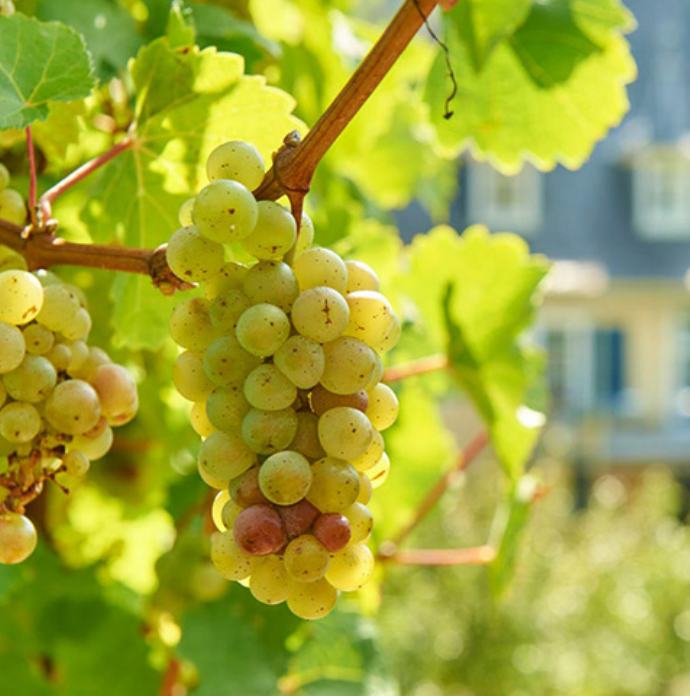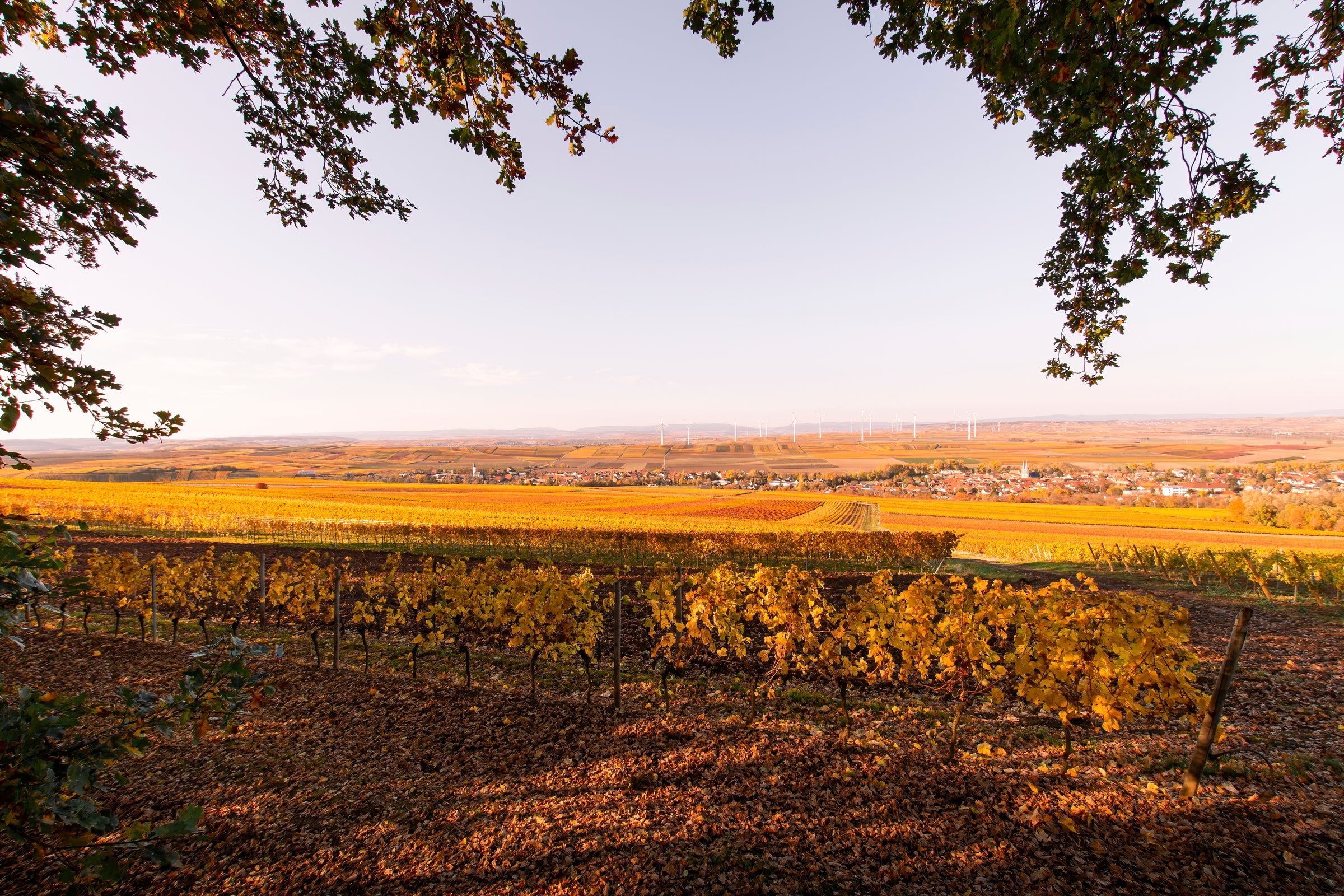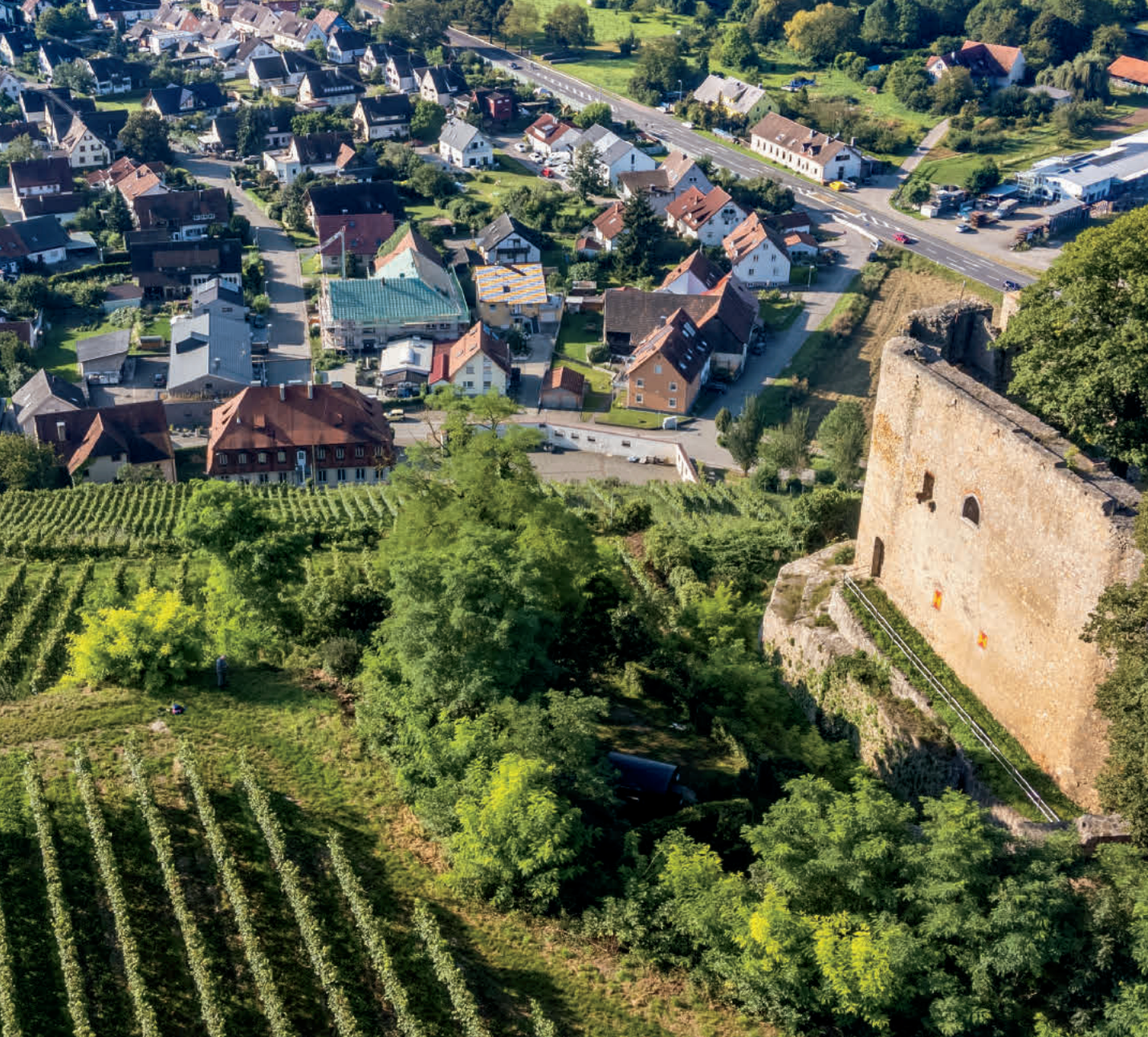There are myriad traits that make wine appealing, but it’s a very rare opportunity to see just so many combined into one bottle. Today’s wine is more than a Riesling: It’s dry, it’s from world-famous Mosel, it’s crafted from a historic, centuries-old estate, it holds loads of bottle age, and it all comes in at an impossibly low price. Are you a sommelier? If yes, this special offer is a no-brainer. If no, see the previous answer because the slate minerality and mature, chameleonic flavors packed into this 10-year-old bottle of authentic dry Mosel Riesling will stun anyone who’s ever enjoyed a bottle of white wine.
If I were to teach a class about benchmark wines of the world, Max Ferdinand Richter would be an essential piece of the lineup because, for hundreds of years, ten father-to-son generations have committed 100% of their lives to harnessing the power of Riesling. So, if you’re thinking about waiting until the next $20 decade-old gem with this insane amount of detail and texture comes along, I have grim news for you—there isn’t one. Look at it this way: For just $2 per year of aging, you’re gaining access to one of the world’s most genuinely respected wine categories. Buy a case and drink them all over a month (no judgment) or one every year for the next twelve. Whatever you do, I guarantee this mineral-loaded dry Riesling will crush your price-to-value scale. Cheers!
I light up when I see Max Ferdinand Richter because the level of detail and value each bottle holds is off the charts. Seeing as the Richter family has held firm to their hand farming and classic winemaking, I commend them for being one of the old guards of Mosel wine. Their first vineyard purchase came in 1643, they became a wine exporter in 1680, and their current-day cellar was built in 1880. Ask yourself, why would they change when they’ve been dominating their field for centuries?
Today’s explosive value from Max Ferdinand Richter is culled from their 50-year-old, slate-heavy, hillside vines within the villages of Mülheim and Veldenz. Because of the grapes' must weight and slight chaptalization in the winery, this wine falls under the QbA (“quality wine”) category, which is a broader, less rigid German designation. That said, not one ounce of quality is sacrificed here: vines are farmed sustainably with natural fertilizers and all grapes are handpicked. Back in their cellar, the grapes are gently pressed into old fuders (large oak barrels) where a natural fermentation is conducted. Bottling occurs the following summer in order to preserve freshness.
Aged, dry Riesling from Max Ferdinand Richter is for the wine fanatics out there. Right out of the bottle, it explodes with petrol, slate, and crushed minerals, but with some air, subtler aromatics emerge: lemon peel, tangerine, white flowers, honeysuckle, white peach, grapefruit, citrus blossoms. If you’re still struggling with identifying Riesling, dip your nose in this and commit it to memory. There truly is no other wine in the world that can replicate the intoxicating blend of aromas, most notably the dense layer of petrol that makes sommeliers swoon. As such, I can’t get enough of this wine. It’s a high-energy, terroir-heavy, citrus-driven Riesling that is hardly showing its decade of age thanks to an immense level of acidity and the smallest touch of residual sugar (which is practically undetectable). Let me repeat: This is, for all intents and purposes, a BONE-DRY Riesling. And it’s a masterclass for how this chameleonic grape evolves with age. For $20, this is about as simultaneously delicious and educational as wine gets. Furthermore, there’s plenty of life remaining in this bottle, and I wouldn’t bat an eye if you presented a fresh bottle to me in 2029. Load up your cart and run off like you just pulled off the world’s greatest heist—at this price, it essentially is robbery. Seriously, don’t miss out!






